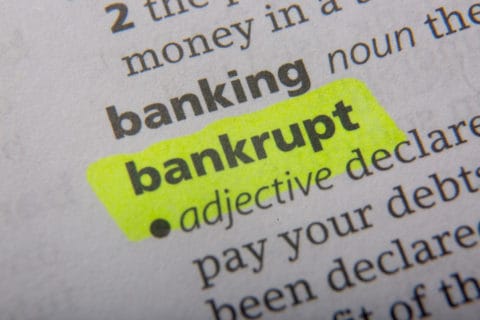A Consumer’s Guide to Analyzing Credit Reports
After you have received a bankruptcy discharge, you can look forward to a fresh start in life. But there’s still some work that needs to be done. For example, bankruptcy does lower one’s credit score. Chapter 7 bankruptcies stay on one’s credit report for 10 years and Chapter 13 bankruptcies remain there for seven years after the payment plan is completed. However, you can begin rebuilding your credit immediately after your bankruptcy discharge. In fact, filing for bankruptcy can benefit your credit history in the long run because it eliminates certain debts.
Personal Information
The first section on a credit report is your personal information. This section contains your name, date of birth, Social Security number, and similar identifying information. It’s a good idea to review this data to make sure it’s correct. In some cases, information from one person’s credit report can be erroneously transferred to another person’s report. Verifying your personal information is one way to check for this problem.
Public Record Information
This section contains financial information subject to legal issues, such as wage garnishments and judgments from any civil lawsuits that may have been filed against you. This section also includes information about your outstanding liens. Of course, your bankruptcy filing will be found here.
Creditor Information
Your public record and creditor information influence your credit score. This section gives potential lenders information about your accounts, both open and closed, your total credit limit, and the amount of credit you’re using. If you’ve filed for bankruptcy, this section will quite likely reflect late payments and collections accounts. To improve your credit, you’ll have to avoid these problems moving forward.
When you’re ready to finally deal with your debt and improve your credit history, the bankruptcy law firm of Cutler & Associates, Ltd. is here to help. Our team of seasoned lawyers works closely with each client to help him or her attain fast relief from creditor harassment and collection actions

